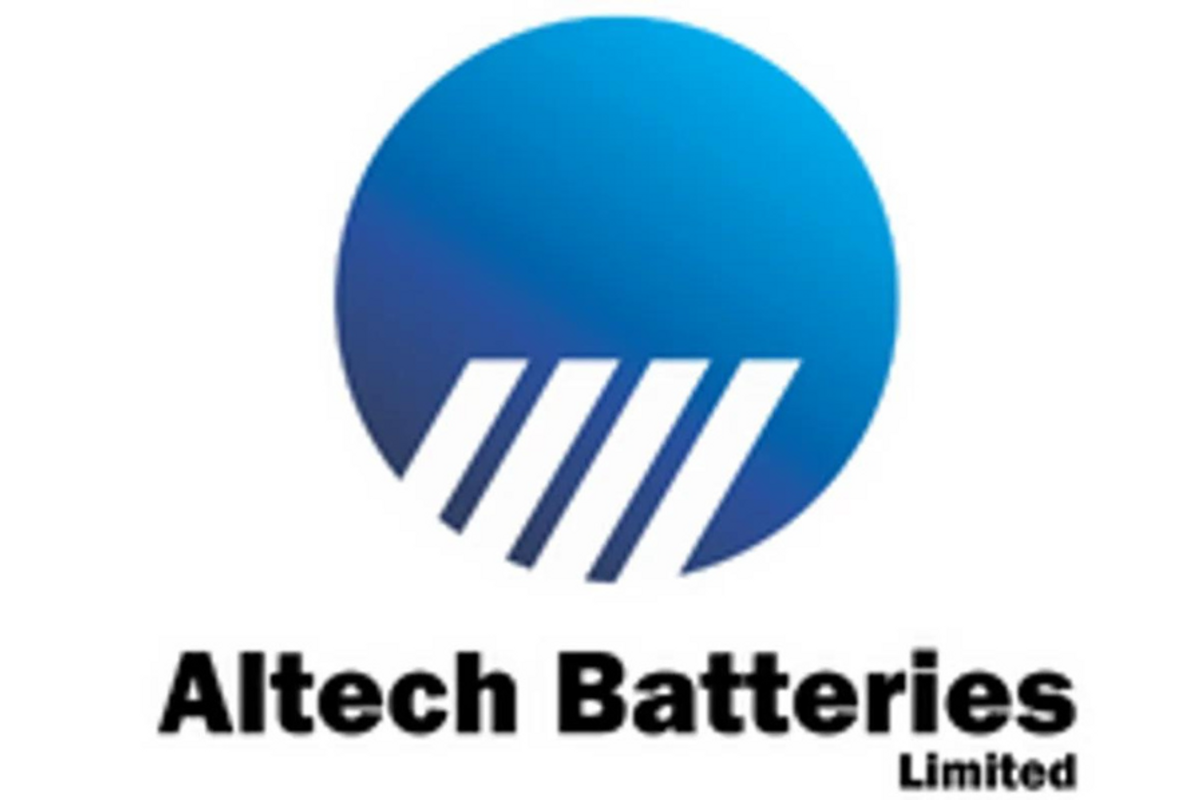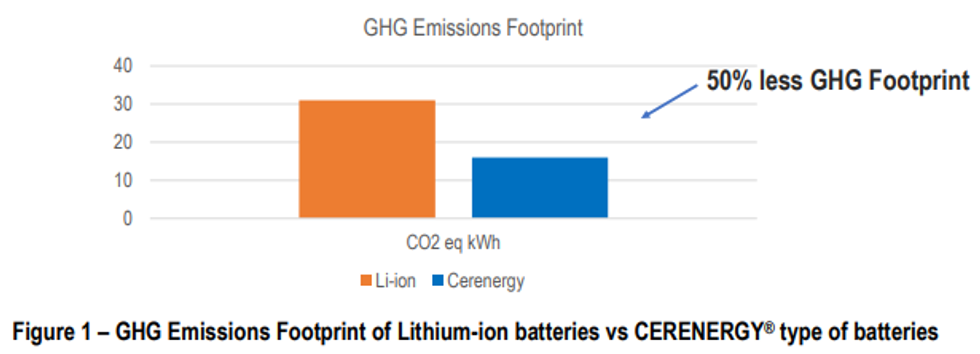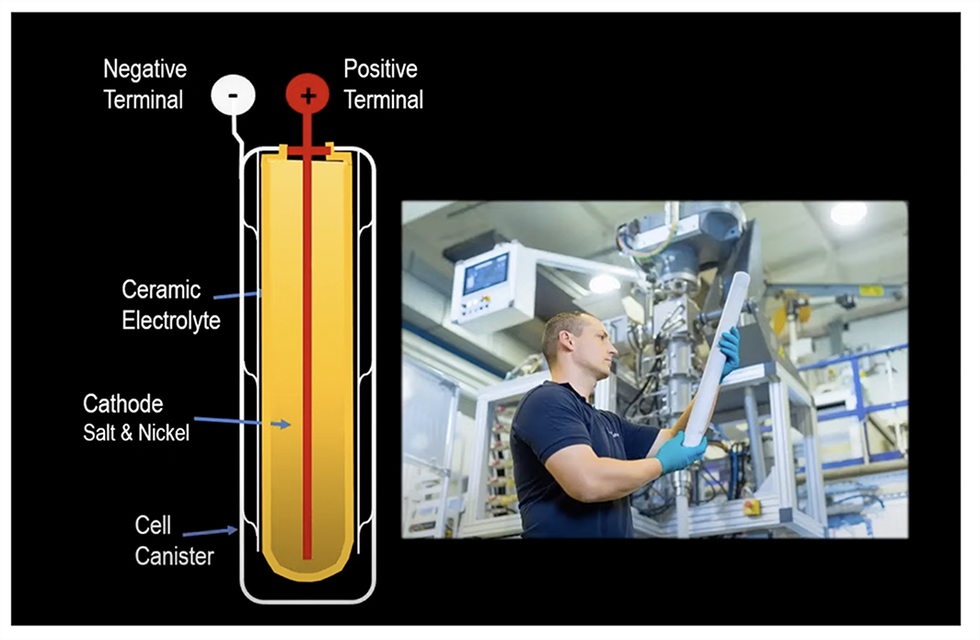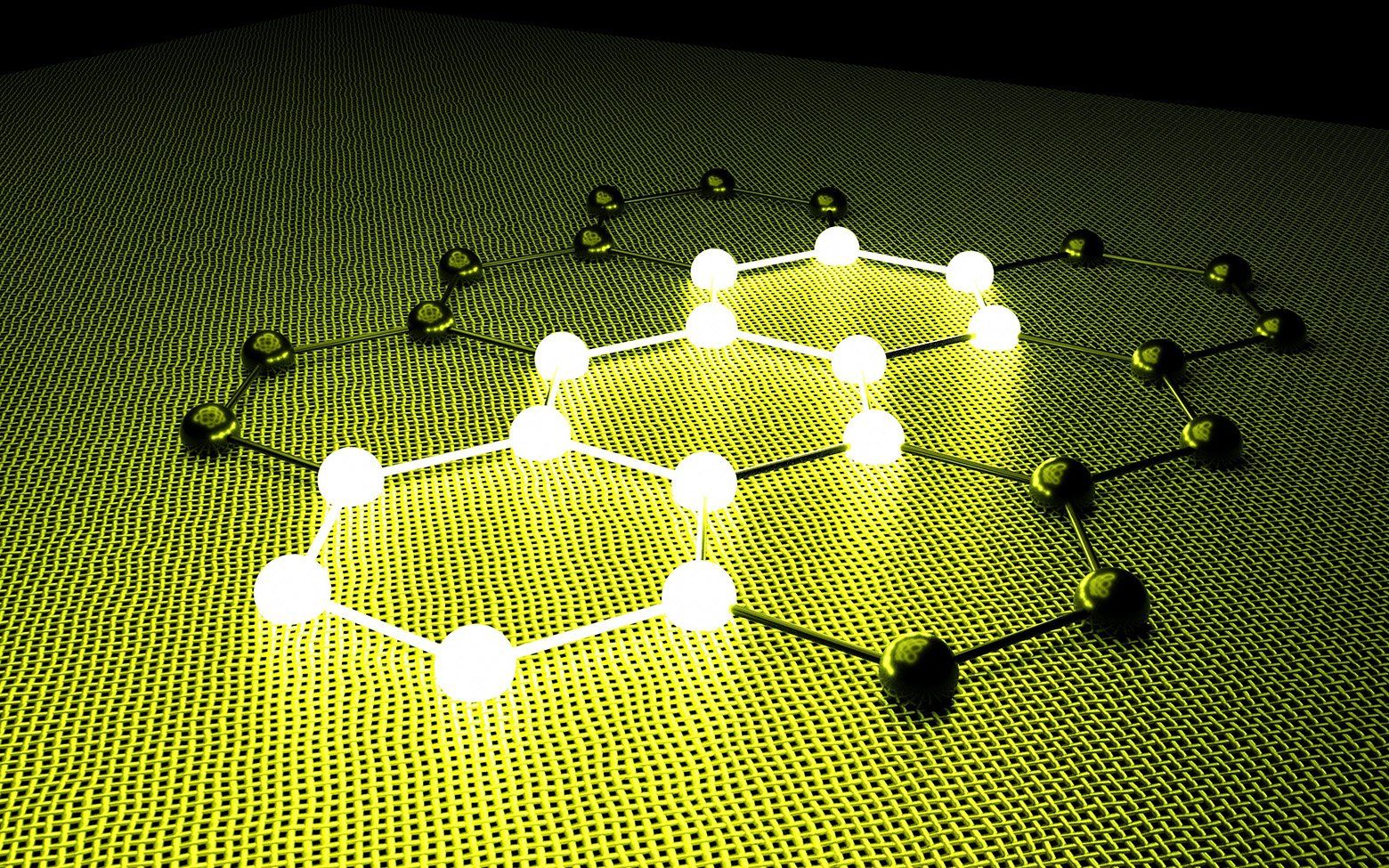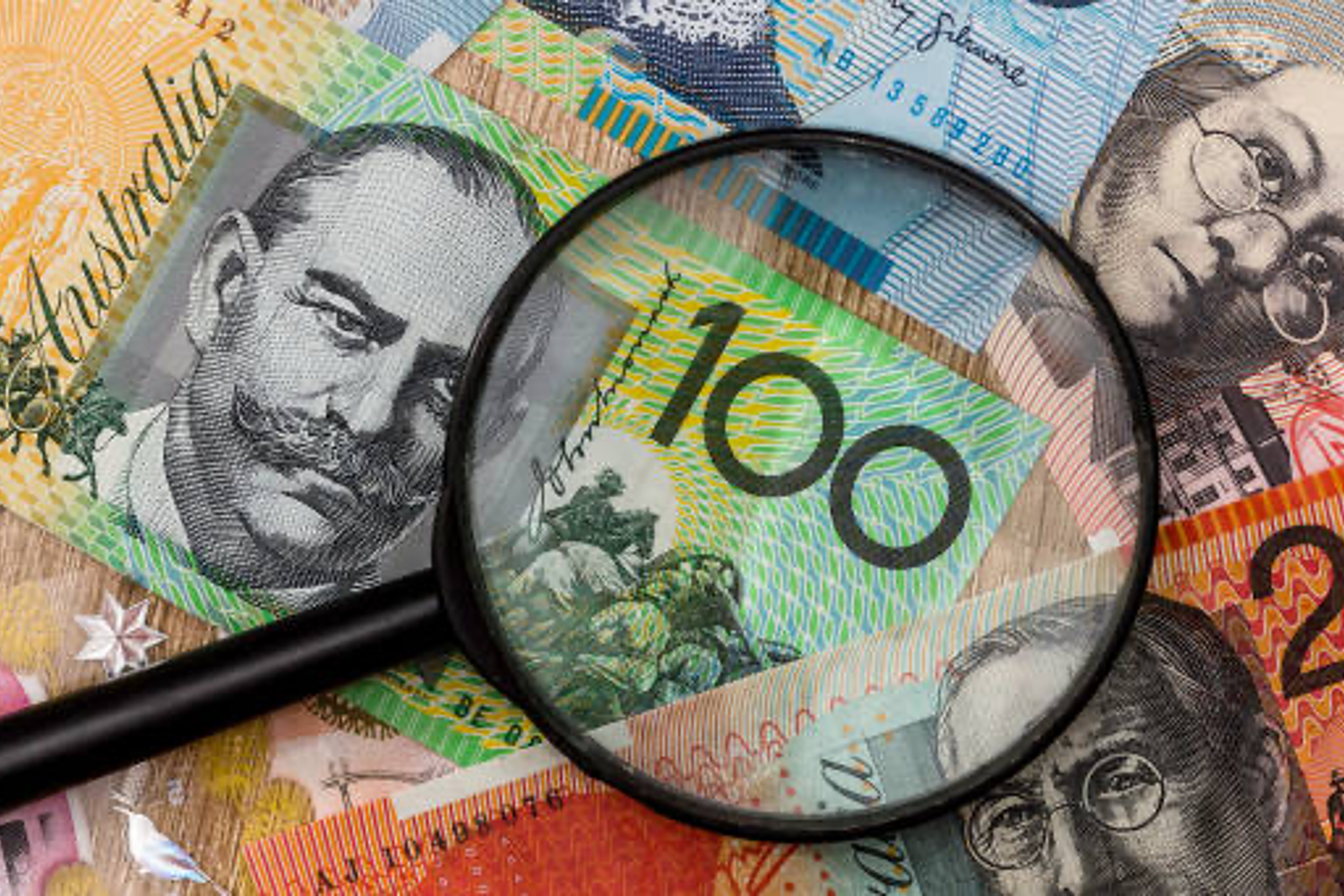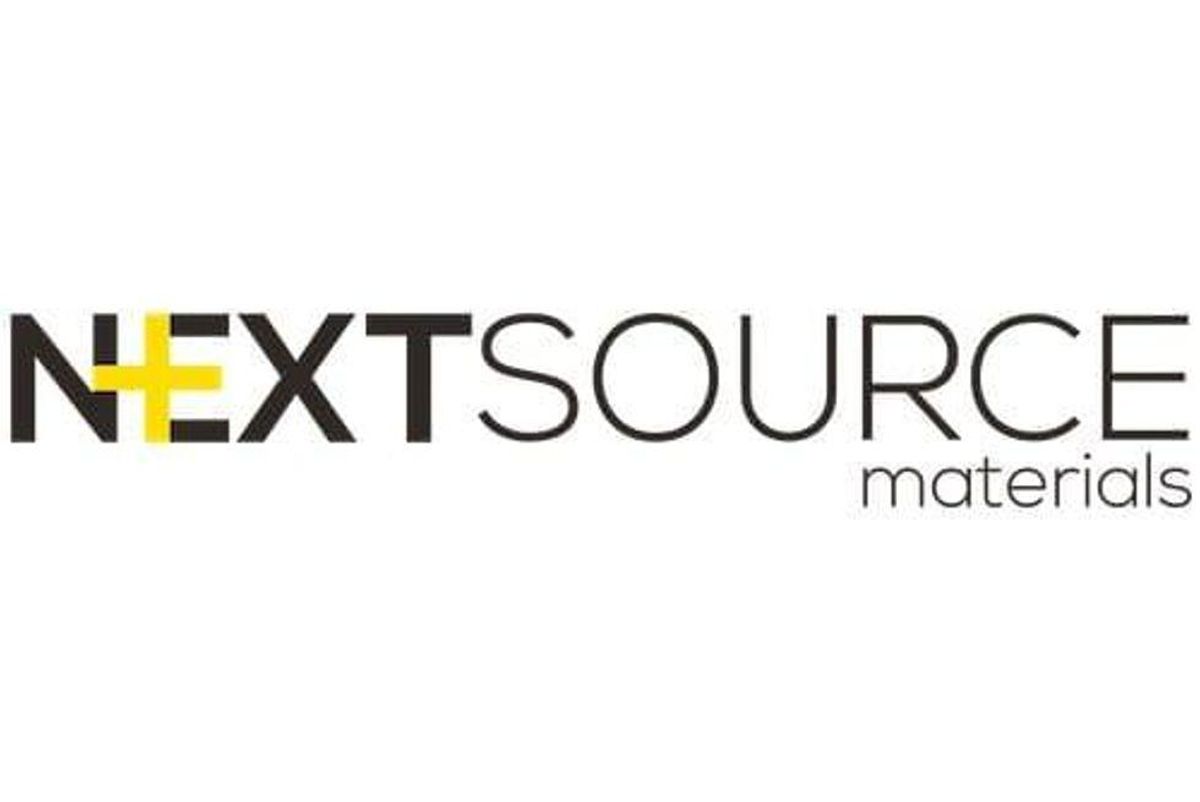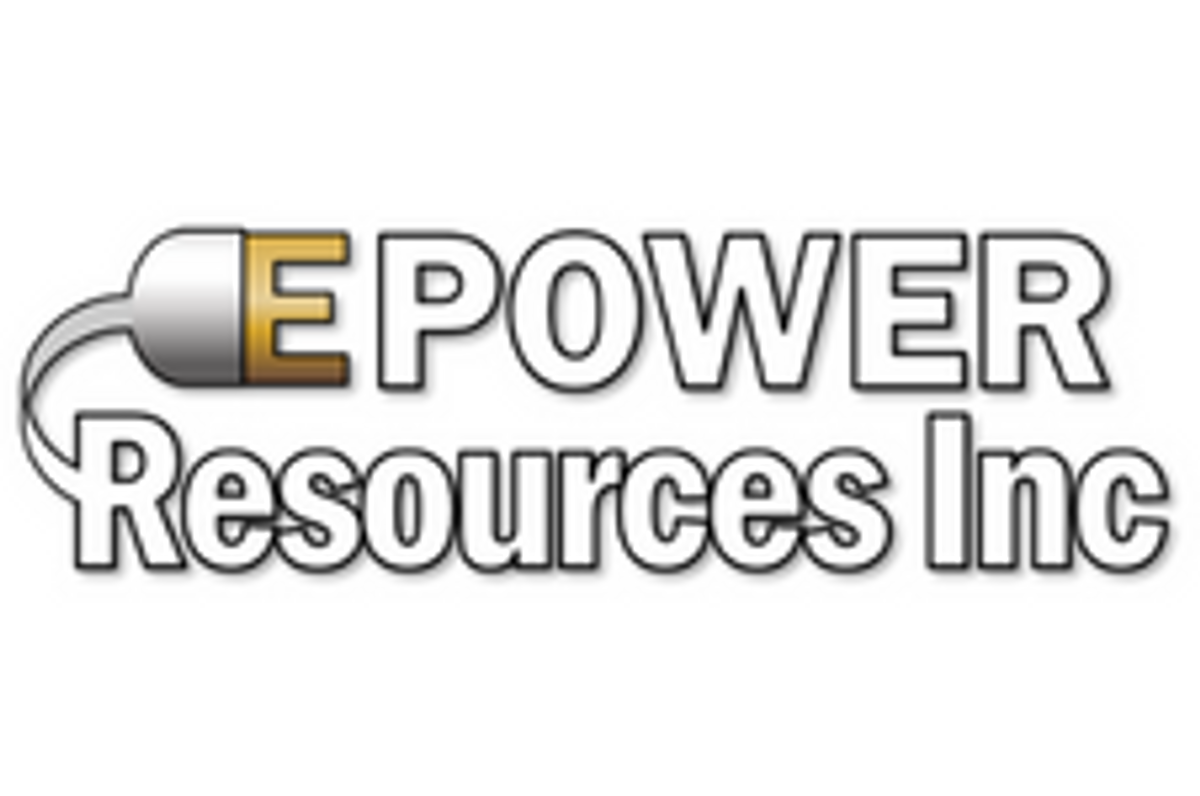Due to the prolonged and costly nature of the process, along with the remaining risk of post-approval contestation of Minister-approved EIAs, the Company has decided to exercise its option to terminate the lease agreement at the end of May and withdraw its EIA application at no further cost. This strategic decision minimizes financial exposure while leveraging the transportable BAF processing equipment, ensuring cost-efficient redeployment and installation at any suitable new location.
The Company is now prioritizing the development of a larger-scale BAF in the Middle East, targeting prospective sites in the Kingdom of Saudi Arabia and the United Arab Emirates. These locations offer streamlined permitting processes, robust infrastructure, and strategic proximity to global EV manufacturers ("OEMs"), enabling the Company to accelerate its timeline and meet growing demand for high-value graphite anode material.
NextSource has made steady progress to advance discussions with potential OEMs to secure an offtake agreement, currently under negotiation. These negotiations are centered on meeting the specific requirements of OEMs supported by positive feedback from product qualification trials. The development of larger-scale BAFs aligns with the Company's broader strategy of ensuring a secure and sustainable supply chain of active anode material for global OEM customers.
Hanré Rossouw, President and CEO commented,
"NextSource continues to progress our commitment to a sustainable and scalable supply chain for battery anode materials. While the decision to terminate our lease in Mauritius has not come lightly, we are excited to pursue larger-scale opportunities in the Middle East, leveraging our expertise and assets to meet global demand more efficiently."
A move to the Middle East also aligns with navigating evolving global trade dynamics, including favorable tariff structures in regions like the UAE, which currently faces a 10% US reciprocal tariff compared to markedly higher tariffs on Chinese graphite anode materials.
Battery Anode Facilities are value-added processing facilities that are capable of converting smaller size fraction graphite concentrate into a high-value graphite anode product, which is a critical and major component to the battery anode material that is assembled along with cathode material into lithium-ion batteries used in electric vehicles.
About NextSource Materials Inc.
NextSource Materials Inc. is a battery materials development company based in Toronto, Canada that is intent on becoming a vertically integrated global supplier of battery materials through the mining and value-added processing of graphite and other minerals.
The Company's Molo graphite project in Madagascar is one of the largest known and highest-quality graphite resources globally, and the only one with SuperFlake® graphite. The Molo mine has begun production through Phase 1 mine operations.
The Company is also developing a significant downstream graphite value-add business through the staged rollout of Battery Anode Facilities capable of large-scale production of coated, spheronized and purified graphite for direct delivery to battery and automotive customers, in a fully transparent and traceable manner.
NextSource Materials is listed on the Toronto Stock Exchange (TSX) under the symbol "NEXT" and on the OTCQB under the symbol "NSRCF".
For further information about NextSource, please visit our website at nextsourcematerials.com
Investors may contact: Brent Nykoliation, Executive Vice President +1.416.364.4911 brent@nextsourcematerials.com
Cautionary Note
This press release contains statements that may constitute "forward-looking information" or "forward-looking statements" within the meaning of applicable Canadian and United States securities legislation. Readers are cautioned not to place undue reliance on forward-looking information or statements. Forward looking statements and information are frequently characterized by words such as "plan", "expect", "project", "intend", "believe", "anticipate", "estimate", "potential", "possible" and other similar words, or statements that certain events or conditions "may", "will", "could", or "should" occur. Forward-looking statements include any statements regarding, among others, the filing of an Updated Feasibility Study and the timing thereof; the completion of offtake agreements and certain other business and operational plans of the Company; the rollout of Battery Anode Facilities including the capabilities, permitting and the timing thereof; and the outlook in Graphite markets. These statements are based on current expectations, estimates and assumptions that involve a number of risks, which could cause actual results to vary and, in some instances, to differ materially from those anticipated by the Company and described in the forward-looking statements contained in this press release. No assurance can be given that any of the events anticipated by the forward-looking statements will transpire or occur or, if any of them do so, what benefits the Company will derive there from. The forward-looking statements contained in this news release are made as at the date of this news release and the Company does not undertake any obligation to update publicly or to revise any of the forward-looking statements, whether because of new information, future events or otherwise, except as may be required by applicable securities laws. Although the forward-looking statements contained in this news release are based on what management believes are reasonable assumptions, the Company cannot assure investors that actual results will be consistent with them. These forward-looking statements are made as of the date of this news release and are expressly qualified in their entirety by this cautionary statement. Subject to applicable securities laws, the Company does not assume any obligation to update or revise the forward-looking statements contained herein to reflect events or circumstances occurring after the date of this news release.
Source
Click here to connect with NextSource Materials Inc. (TSX:NEXT)(OTCQB:NSRCF) to receive an Investor Presentation
